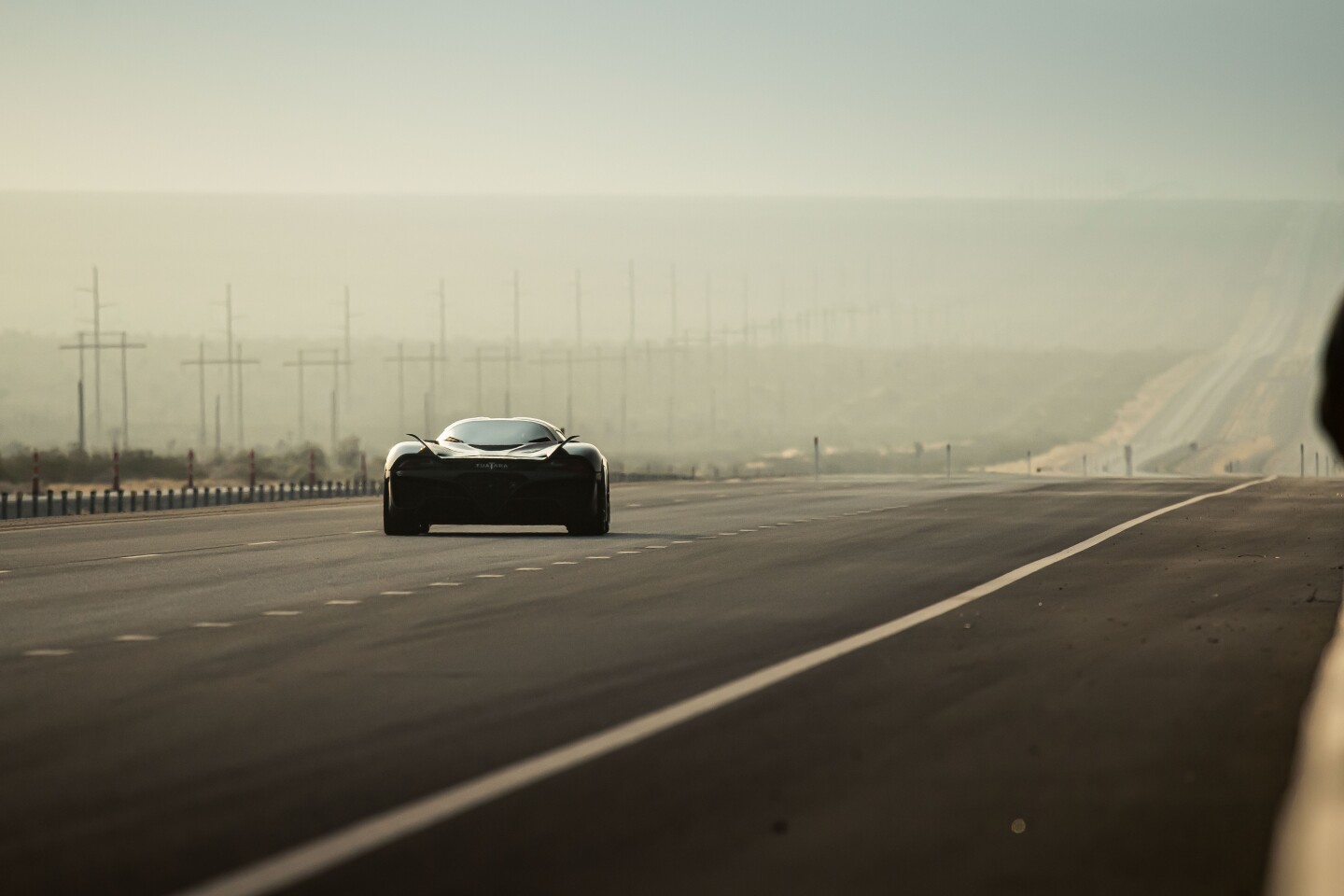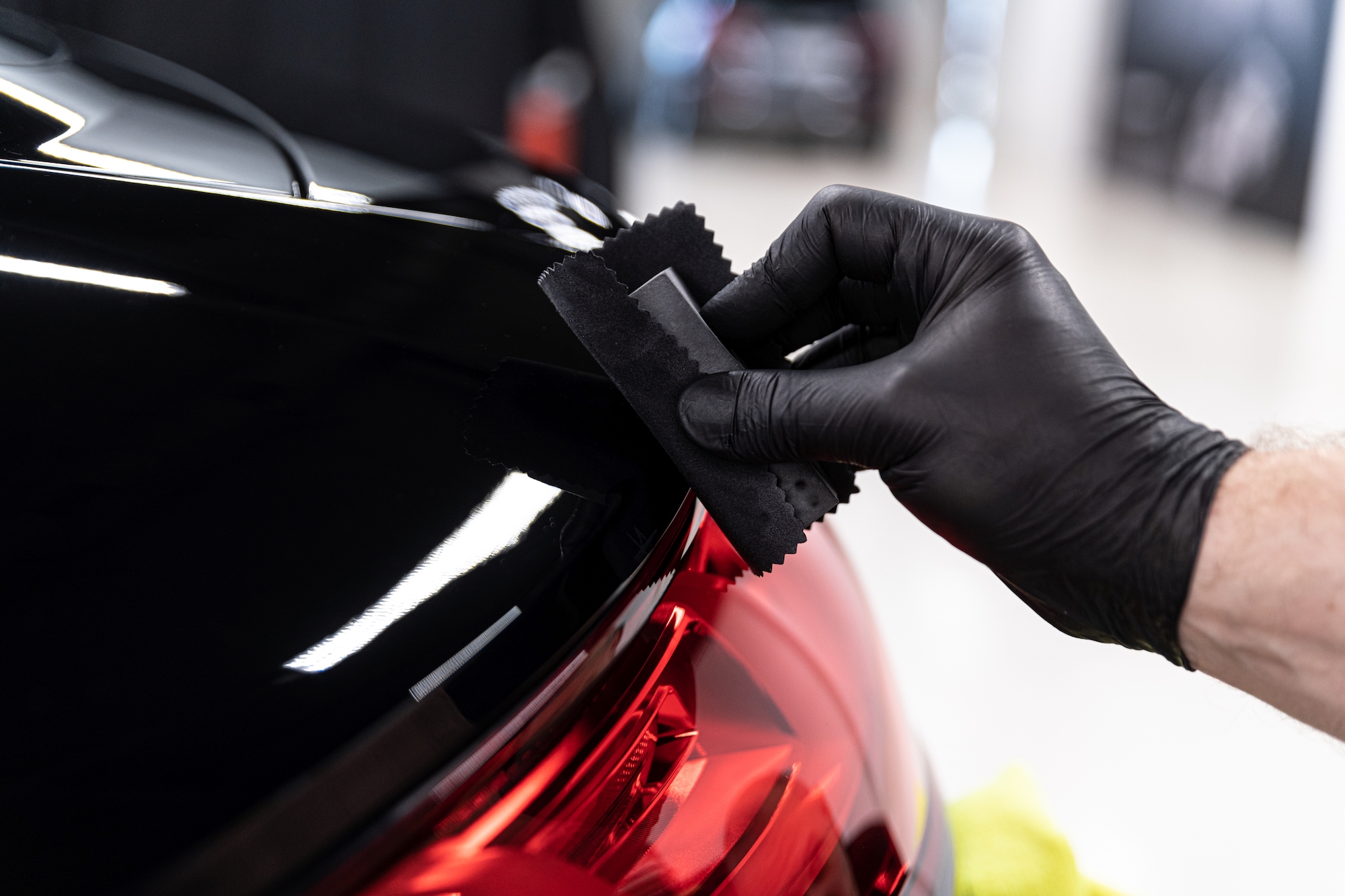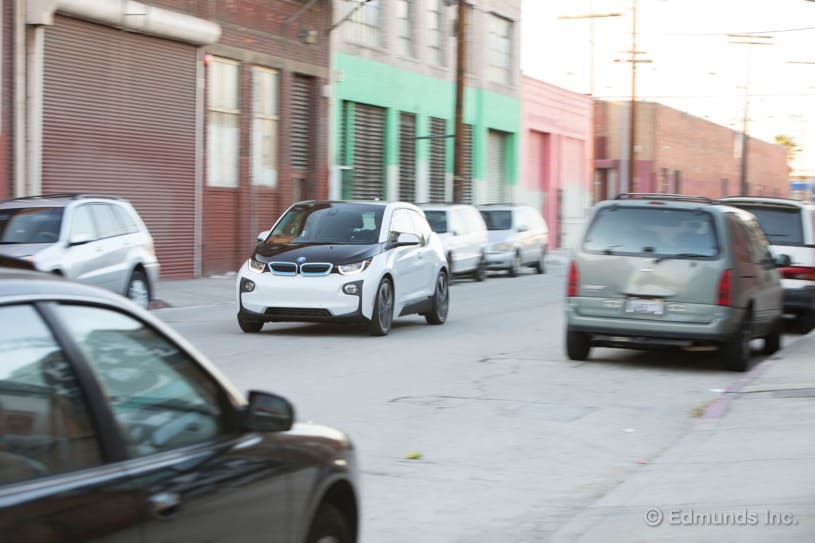SSC Tuatara sets 316-mph record to become world’s fastest production car
Thirteen years after it made a name for itself with its first world speed record, SSC has done it again, absolutely blowing the field away with a new official world speed record. On Saturday, October 10, on a dry, sun-drenched stretch of state highway outside Las Vegas, pro driver Oliver Webb took the wheel of the 1,750-hp SSC Tuatara and pushed it past the elusive 300-mph (483-km/h) barrier … and just kept going. The Tuatara averaged an incredible 316.11 mph (508.73 km/h) on its official two-way run, hitting a mind-blowing 331.15 mph (532.93 km/h) on the return leg and forever cementing its place in automotive history.
[Related reading: Internet sleuths take down the SSC Tuatara’s 316 mph speed record]
Leading up to this huge world record leap, a handful of elite hypercar builders were slowly inching closer and closer to 300 mph. Bugatti held the world record for the bulk of the last decade with its 267.81-mph (431-km/h) record in 2010, in spite of a little elbowing from Hennessey. Eventually Koenigsegg put an end to any debate with a 277.87-mph (447.19-km/h) run in 2017.
Starting in the mid 2010s, those same names introduced the hypercar generation that would theoretically break 300 mph – the Bugatti Chiron, the Hennessey Venom F5, the Koenigsegg Jesko. The first blow came last year when Bugatti charged past 300 mph for the first time ever to hit 304.77 mph (490.48 km/h) … but only in one direction, not enough for an official record. A 300-mph world record began to feel very close, but it also seemed there would be a few stops, record swaps and near misses along the way.

SSC
But SSC had other ideas. The Washington State-based American supercar marque had been relegated to something of an afterthought in the world record conversation after losing the record to Bugatti in 2010. But it’s had a formidable weapon in its garage for nearly that whole time. The Tuatara was first introduced way back in 2011, so long ago that SSC was still Shelby Supercars and the Tuatara’s projected 280-mph (450.6-km/h) top speed seemed like more than enough to lock down the record for years to come. For a few years following its debut, everything seemed to be moving along nicely toward Tuatara launch.
Then, silence. SSC cut off the usual updates, and when we didn’t receive a response to an update inquiry we sent ahead of a 2015 story, we started to wonder if the Tuatara would ever materialize. Before a production car speed record, you need a production car.
Production finally came in 2019, and since then SSC has been moving at a whole different pace, fast enough to make up for lost time – a public debut, regular updates and driving videos, and now … destiny. News reports of a new SSC 300+ world record surfaced last week, following the October 10 event, but fell short of confirming a speed, let alone whether it was a single run or the proper two-way pass needed for an official world record.

SSC
Confirmation came on Monday when SSC shattered expectations with the announcement of its 316.11-mph (508.73-km/h) two-way world record. That’s nearly 12 mph (19 km/h) faster than the Bugatti Chiron hit last year … and the Tuatara crossed the 300-mph barrier twice in an hour. After a first run of 301.07 mph (484.53 km/h), Webb dialed it up and absolutely torched the return run to the tune of 331.15 mph (532.93 km/h) – and he thinks he could have gone even faster.
“There was definitely more in there; I know we could have gone faster,” says Webb. “As I approached 331 mph, the Tuatara climbed almost 20 mph within the last five seconds. The car wasn’t running out of steam yet. The crosswinds are all that prevented us from realizing the car’s limit.”

SSC
SSC describes following world record regulations down to the smallest footnote, having officials on hand to verify everything, including reviewing the Dewetron GPS measurements that tracked the speed runs using an average of 15 satellites. Rules dictate that the Tuatara be a production car identical to the version available to customers, perform the run on a public road, run street tires and non-race fuel, and have two world-record sanctioned witnesses on hand to verify the certified GPS tracked time.
The two runs in opposite directions stipulation is meant to even out wind and road grade advantages that might be present if the car ran in just one direction.. This rule is often what separates official world speed records from unofficial ones.
Not only is the SSC Tuatara the first production car to set an official two-way record over 300 mph, it’s the first to break the 500-km/h (311-mph) mark. And because it performed the run on a 7-mile (11.2-km) stretch of public road, the same road Koenigsegg used for its 2017 record, the Tuatara also has three other records to boast about: fastest flying mile on a public road (313.12 mph/503.92 km), highest speed achieved on a public road (331.15 mph/532.93 km/h), and fastest flying kilometer on a public road (321.35 mph/517.16 km/h).
“We came pretty close to meeting the theoretical numbers, which is astonishing to do in a real world setting on a public road,” SSC founder and chief Jerod Shelby says. “We are entering a time where we are no longer faced by the limit of machines, but by the human factor.”
In order to properly capture footage of the Tuatara’s historic run, SSC employed help from an aerial team consisting of a subsonic T-33 jet, helicopter and drone. Nothing on the company’s YouTube or other social media channels yet, but we’ll show what should be amazing footage once it’s released.
Source: SSC








